Office of Population Research16
-
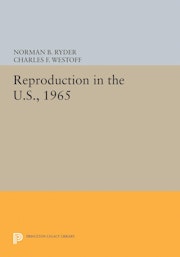
The 1965 National Fertility Study is the third in a continuing series of major studies of American fertility. Based on interviews with 5,600 married women under the age of 55, the report is concerned with the measurement of all facets...
-
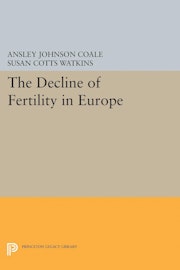
This volume summarizes the major findings of the Princeton European Fertility Project. The Project, begun in 1963, was a response to the realization that one of the great social revolutions of the last century, the remarkable decline in...
-

Census decennial enumerations are utilized to achieve two useful estimates: (l) Annual series of estimates of births, birth rates, and fertility rates for the white population of the U.S. from 1855 to the present (the first set of data...
-
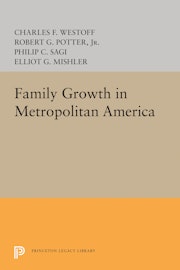
This analysis is based upon a study of 1,165 couples, all of whom had two children by the time of the interviews and lived in one of the Standard Metropolitan Areas. Its findings shed new light on the relationship between...
-
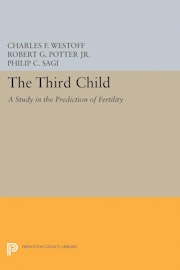
The second phase of a long-term study in American fertility. Tables, interview forms.
Originally published in 1963. -
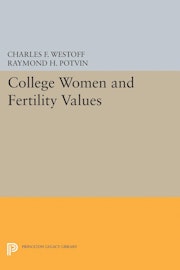
Has the college experience of women been an influence on the number of children desired and the number and spacing of their children? Do women come to college with their attitudes and values in this regard already formed? This study of...
-
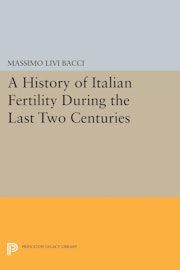
Profound changes have occurred in the demography and sociology of Italian fertility since Napoleonic times. Using the statistical system instituted in 1861 with national unification, Massimo Livi-Bacci provides a systematic and detailed...
-
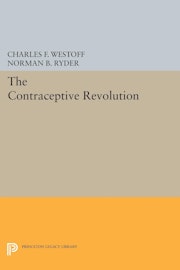
Here is the full report of the 1970 National Fertility Study, a national sample survey for which thousands of women were interviewed who had been married at some time and were of reproductive age when they were interviewed. The book...
-
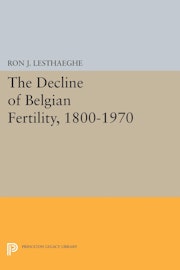
Fertility in Belgium declined early and remained low compared with that in other European countries. For this reason, and because of the nation's heterogeneity, study of its demographic transition illuminates the relationship between...
-
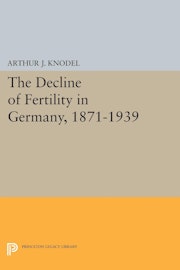
This is the second in a series of monographs on the historic decline of European fertility to be issued by the Office of Population Research at Princeton University. It is a detailed statistical description and analysis of the...
-
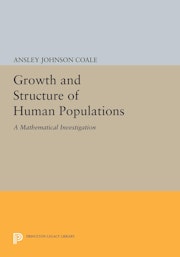
Although mathematical demography has traditionally studied the so-called stable population (fixed mortality and fertility schedules), Ansley Coale investigates now the dynamics of population growth and structure—the changing age...
-
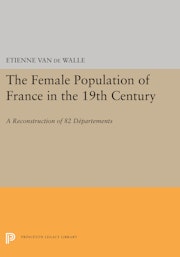
In analyzing the social and economic factors underlying the decline of fertility in nineteenth-century France. Etienne van de Walle found that official statistics for the period were incomplete and inaccurate. He thus undertook a full...
-
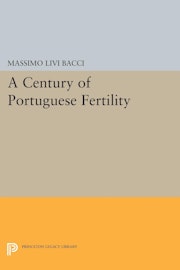
This book treats aspects of the social and demographic history of Portugal in the last century, giving particular attention to the transition from a situation of very high fertility to the moderate pattern prevailing in recent...
-
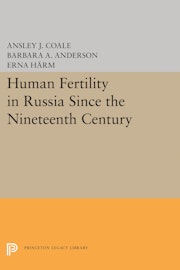
The birth rate in late-nineteenth century Russia was high and virtually constant, but by 1970 it had fallen by about two-thirds. Although similar reductions have occurred in other countries, the decline in Russian fertility is of...
-
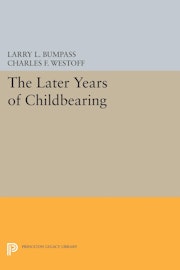
Why do American couples differ in the number of children they have? To answer this question the first major longitudinal study in American fertility was begun in 1957 with a series of interviews with parents of two children. Family...
-
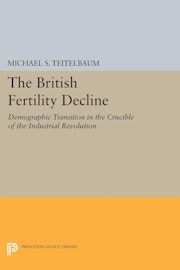
Building on the theory of the demographic transition, Michael S. Teitelbaum assesses the dramatic decline in British fertility from 1841 to 1931 in terms of social transformations associated with the Industrial Revolution. His book is...